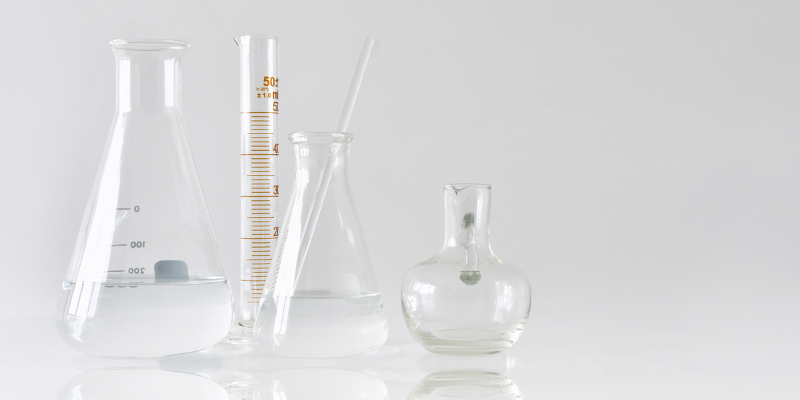Safe Every Day Uses of Hydrogen Peroxide

What is Hydrogen Peroxide?
Hydrogen Peroxide, H2O2, is a colorless liquid at room temperature with a bitter taste. The solution should be free from suspended particulates or other contaminates. There are small traces of this substance that occur naturally in the environment: in surface water and in the atmosphere. Due to its instability, hydrogen peroxide will readily decompose into oxygen and water. Hydrogen peroxide is not a combustible substance; however, it is a strong oxidizing agent and it will decompose in the presence of organic materials. Food Grade Hydrogen Peroxide meets the purity standards of the Food Chemical Codex (FCC).
What makes Hydrogen Peroxide Safe and Effective
Hydrogen peroxide can be found in many household cleaners, medicines, and hair bleach at relatively low concentrations between 3-9%. In the industry, it can be found in higher concentrations for use in bleaching of textiles, paper, rocket fuels, and production of foam rubber and organic chemicals.
The Hydrogen Peroxide chemical structure consists of two oxygen molecules with a single bond between two hydrogen molecules, H-O-O-H. It is this extra oxygen molecule that gives peroxide its ability to oxidize and both kill germs and bleach color from porous surfaces, such as fabrics. Typical household items contain “medical-grade” concentrations of 3%, which means it consists of 97% water and 3% hydrogen peroxide. Food grade hydrogen peroxide can be used to wash produce to ensure thorough cleaning. Additionally, food grade hydrogen peroxide does not contain any added chemicals, stabilizers, or toxins. This is a safer alternative to using disinfecting sprays or wipes since they contain chemicals that are not safe for ingestion.
Medical grade hydrogen peroxide can be used to disinfect wounds, cuts, or scrapes, but should not be used regularly to clean the open area. There is a chemical reaction that occurs when using hydrogen peroxide to clean an open area of skin due to an enzyme found in blood cells called catalase. Since catalase is not on the surface of skin, hydrogen peroxide will only cause bubbling on open wounds and will release oxygen gas.

Top 5 Uses of Hydrogen Peroxide at Home
-
- Disinfect beauty and manicure tools. Bacteria can become trapped in the crevices of these tools and hydrogen peroxide will kill the bacteria.
- Disinfect kitchen items such as cutting boards. Soap and water will clean the surface of cutting boards, but hydrogen peroxide will kill any bacteria left behind.
- Cleaning cookware. Creating a paste of baking soda and hydrogen peroxide can lift stuck on food.
- Cleaning bathtubs, sinks, and tile grout. Hydrogen peroxide will cut through soap scum leaving behind a clean surface.
- Whiten stained white clothes by adding a small amount of hydrogen peroxide to a load of laundry.
Hydrogen peroxide has a shelf life of approximately six months after opening. It can be found in opaque bottles because light and heat can cause decomposition of hydrogen peroxide to water and oxygen. Therefore, it should be stored in a cool dark environment. Although expired hydrogen peroxide is not necessarily harmful, its efficacy may be reduced.
Where can I buy Hydrogen Peroxide?
You can buy hydrogen peroxide online at LabAlley.com, for personal use or lab grade. Sizes begin at 500ml and go up to pallets. For bulk orders please call customer service 512-668-9918. There are various strengths and grades of peroxide available that are suitable for different applications. Email customerservice@laballey.com if you have questions about buying Hydrogen Peroxide. The CAS Registry Number is 7722-81-1, the PubChem CID is 784. Individual SDS are available for the different grades of peroxide.

